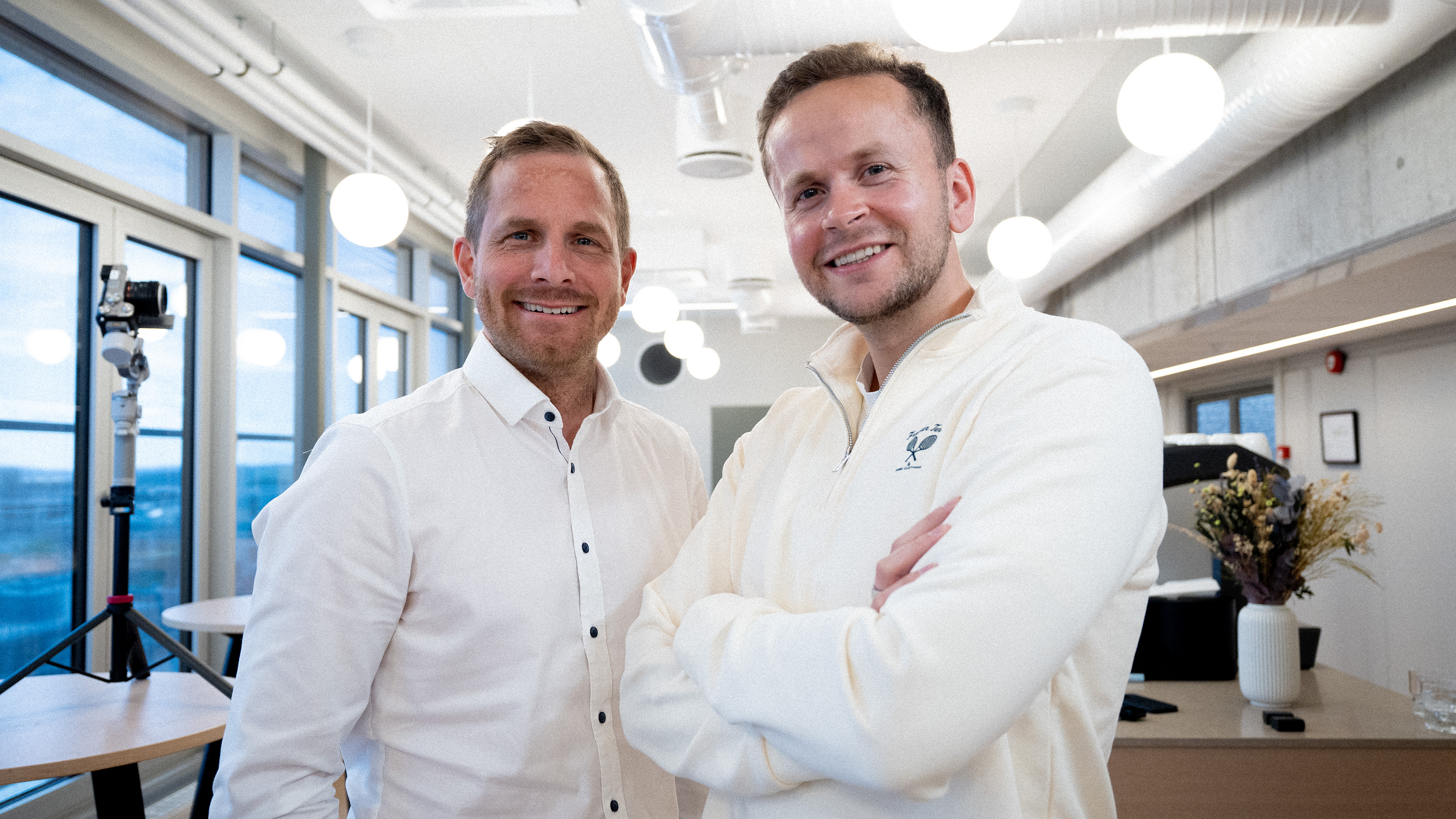Teleskop gir en enkel arbeidsflyt for overgangsplaner, øker eiendelsverdien, bærekraften og reduserer leietakerkostnadene.


Med økende klimarisiko krever EU avsløringer. Teleskop hjelper deg med å redusere risiko og beskytte eiendelens verdi.
Teleskop hjelper deg med å administrere biologisk mangfold, og tilpasse prosjektene dine til bevaring av økosystemer.
Vurder porteføljen din for å sikre at den ikke visner.
The Learning Curve: How Norwegian Banks Are Turning Climate Risk Into Credit Logic
Norwegian banks are redefining what credit means. From SpareBank 1 Sør-Norge to Finance Norway, climate risk is becoming part of the financial logic that shapes lending, valuation, and regulation. This article explores how the sector is learning its way into resilient finance.
av
Vegard Blauenfeldt Næss
Norwegian banks aren’t just adapting to climate risk - they’re redefining what credit itself means.
From Jørund Buen at SpareBank 1 Sør-Norge to Kristian Ruth at Finance Norway, a clear picture emerges from The Hubble: the financial system is learning to see the physical world as part of its balance sheet.
What started as compliance is now becoming craft.
And that shift - from regulation to real understanding - is quietly transforming banking.
A new kind of credit work
Inside the banks, climate considerations are no longer extra questions on a form.
They shape how loans are priced, how collateral is valued, and how portfolios are stress-tested.
Every discussion circles back to the same realisation: climate risk is credit risk.
It shows up in different ways - a flood map in an ESG module, a landslide zone in a property valuation, an energy label in a refinancing decision - but the logic is the same.
Banks are learning to connect the physical world to their financial world. That shift is clearest in how Jørund Buen describes the day-to-day reality at SpareBank 1 Sør-Norge.
For him, the challenge isn’t policy - it’s judgement.
“Sometimes it feels like we’re being asked to predict the future with a blindfold,” he says.
“But someone has to make the first move.”
Each lending decision now requires balance: push customers too early, and you risk straining good projects; wait too long, and both borrower and bank risk sudden write-downs when new rules hit.
“We’re constantly trying to avoid the two ditches,” he says.
This is the new craft of credit - not policing sustainability, but anticipating financial risk before it becomes loss.
It’s about prudence, not politics.
The system behind the change
While banks learn by doing, Finance Norway is building the system around them. Kristian Ruth and his team coordinate sustainability leads from across the industry - translating EU rules, aligning data models, and building a shared understanding of what “good practice” means.
It’s slow, technical work - but it’s how alignment becomes infrastructure. That coordination matters, because regulation alone can’t close the data gap.
Less than a quarter of Norwegian commercial buildings have valid energy labels. Physical-risk data still sits in separate databases. So the banks are filling the gaps themselves - combining geospatial information, property data, and customer dialogue to make the invisible visible.
This is what system-level learning looks like: a network of banks, insurers, and regulators gradually turning climate complexity into financial clarity.
And that’s what makes the Norwegian approach interesting - it’s pragmatic, data-driven, and quietly collaborative.
No slogans, just a sector learning in real time how to price the world it finances.
What this tells us
Together, these perspectives show a sector that’s learning faster than it’s being regulated.
Norwegian banks aren’t waiting for perfect rules or perfect data; they’re iterating toward a new normal where sustainability is financial logic.
That matters - because once risk is understood, it can be priced.
And once it’s priced, behaviour changes.
What we see at Telescope
At Telescope, we see this learning curve play out every day.
Banks are asking sharper questions, demanding clearer data, and moving from spreadsheets to spatial insight - address by address.
This is what transformation looks like in practice: not a single leap, but a thousand small calibrations happening inside credit teams, policy groups, and boardrooms.
Each one makes the financial system a little more aware of the world it finances.
The work is far from finished.
But the direction is unmistakable.
The bottom line
Norwegian banks are quietly doing something big:
Turning climate risk into credit logic.
That’s not just progress - it’s the blueprint for resilient finance.
Because the more precisely we see the world we finance, the better we can protect both value and society.








